Heaven’s Vault Nintendo Switch Review
Fast Facts
Heaven’s Vault
Developer: Inkle
Publisher: Inkle
Website: https://www.inklestudios.com/heavensvault/
Genre: Adventure, Puzzle, Language
Platform: Nintendo Switch (Also available on PC + PS4)
Age Rating: PEGI 7
Release Date: 28/01/21
Price: £14.99
A code was provided for review purposes.
My Own Voyage
The tinny whisperings of a song leaking from headphones. Faces inching towards the window; those around me noticing structures that tour books have detailed and now seen for the first time. The silent transfer from ship to tarmac. All this and the world at my fingerprints. I’m describing the coach trip taken from England to Paris in late 2019; how one game made this multi-hour coach trip with all of its stops and traffic that more bearable. This game was 80 Days, a mobile text-based role player where you take on the role of Passepartout; managing resources, helping your master and navigating the world.
Developed and published by Inkle; the same developer of Heaven’s Vault, I played 80 Days on repeat for hours, seeing where my route would take me next; which country I’d arrive at, of whom I’d next meet. With the sublime writing of this game, I was enthralled to be able to review Heaven’s Vault. It’s a game that somehow surpasses 80 Days in every way, a feat I didn’t think was possible.
Learn to Read
It seems appropriate to begin my review with Heaven’s Vault‘s most unique attribute: the specially crafted hieroglyphic language and the clever translation mechanic that comes accompanied. I began the game with zero knowledge of the hieroglyphs but by the time the credits rolled after ten hours I’d somehow found myself applying meaning to the abstract squiggles and dots. It’s no use grabbing your ancient Egyptian translation grid! The language in Heaven’s Vault has been created specifically for the game.
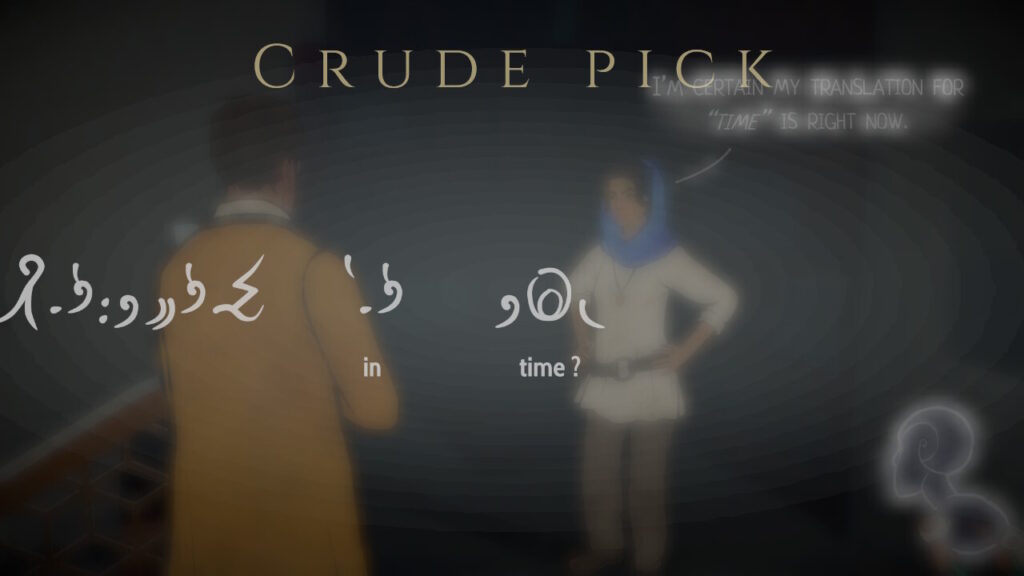
Marks etched into walls or embedded into ancient terracotta must be translated via a drag and drop system, overlaying previously discovered symbols or providing new meaning to newly encountered hieroglyphs. Ironically enough, for a game about them, this system is hard to fully explain in words but as I progressed through the game, I paid close attention to making my translations context-based. A translation about an ancient sword should probably correspond to war rather than peace. Another tool in my literary arsenal is how translations of words could be approved or disproved by speaking to accomplices like the Ioxian librarian Huang or even by Aliya herself.
The Nebula Awaits
Heaven’s Vault approach to progression is unlike anything I’d played before. I started with just a few outposts to explore; connected by a web of unilateral rivers. By the end of the game, my minimap showed a sprawling network of interconnected planets, moons and wreckages. The overarching goal of Heaven’s Vault is to solve the mystery of a scientist named Renba. As this game is so much about the narrative, I will not explain deeper than that but, like the flight system in Heaven’s Vault, there’s plenty of twists and turns. One of my favourite features of Heaven’s Vault is just how varying the individual journey for each player can be.
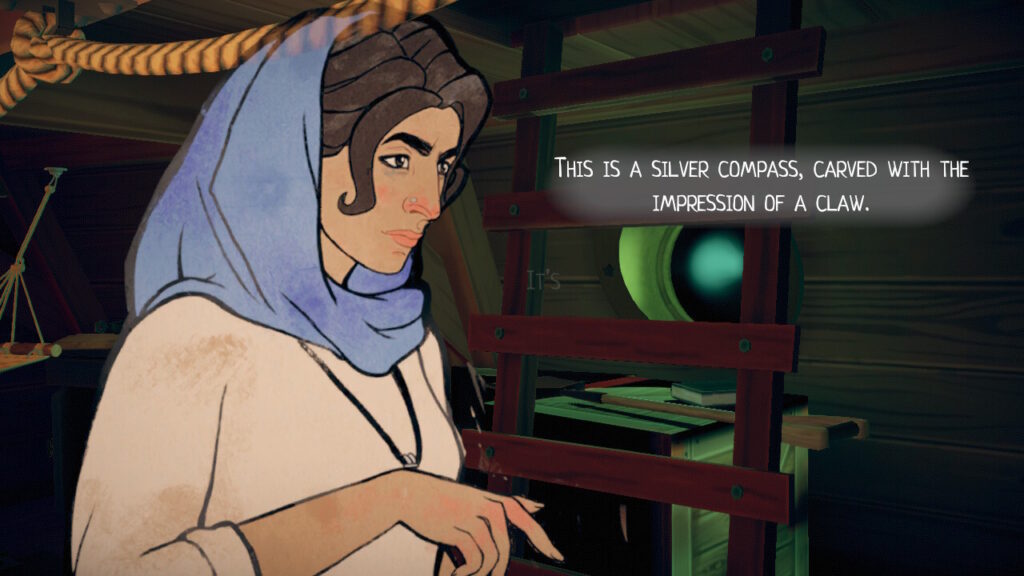
In my ten hours, I started by visiting a few locations, spending some casual meandering through the ruins and moons of the middle section of my playthrough before ending the game in a final sprint of nonstop reveals straight until the credits. For other players, their starting planets could be my final yet without my nine hours of prior discovery, there’d still be plenty of hours until the credits rolled. Inkle has crafted a progression system that’s really quite special. The fact that my discoveries came together so seamlessly to reach the ending is a marvel in both game design and storytelling.
Connecting the Dots
Besides connecting the narrative dots, there’s another form of connection in Heaven’s Vault: the flight network. To reach new locations, they must first be ‘inferred’ by speaking to locals or discovering new artefacts. Once this new location is available to be travelled to, a white or orange dot appears. I particularly liked the orange dot which was the game’s way of encouraging me to visit this place, the most relevant location in advancing the story. When I knew where I was headed, I walked to my aircraft (or teleported thanks to my robotic friend Six) and took to the skies. I swayed side to side by pressing the triggers to tilt the ship.
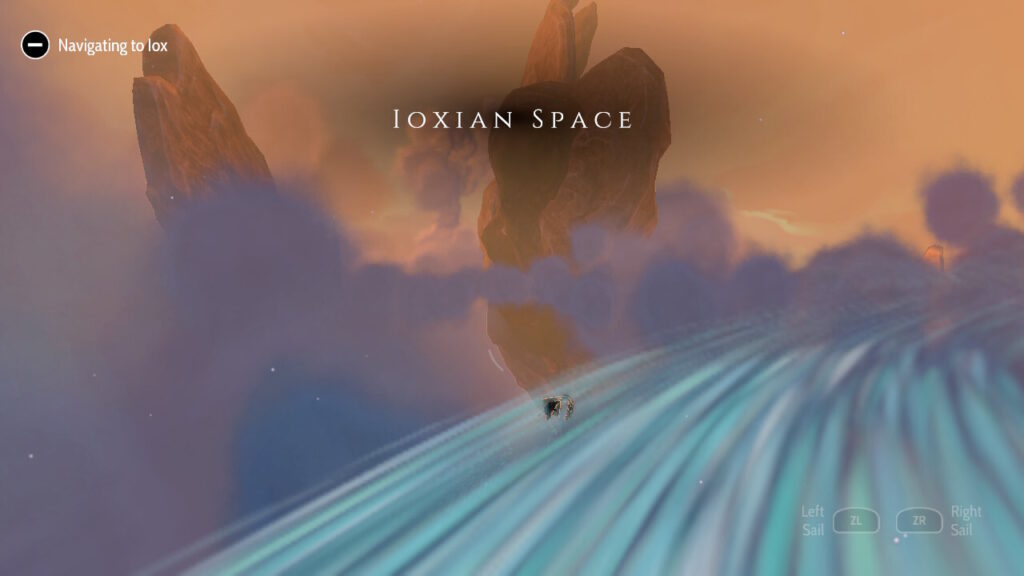
Using both the minimap and Six’s guidance (it seems this robot has an alternative career path in satellite navigation), I reached my destination in a few minutes. At first, I was hesitant with this flight system as movement isn’t overly snappy or responsive. But after some time with the game, I realised it doesn’t need to be. As well as flying, I was also required to read the dialogue between Six and Aliya so by using a slower speed and floatier controls, this passive movement made the text a lot easier to process. When there isn’t dialogue, there’s an option to hand the controls over to Six and fast forward to the destination; a feature that I extensively used. I’m here for the excellent storytelling and not flight.
A Link to the Past
Heaven’s Vault employs a blend of 2D characters and 3D environments. The environments were well detailed, steeped with a rich history of ruins with an art style that reminded me of the original 3D Zelda games. The Zelda similarities don’t stop there as I also found the music to be very reminiscent of 2017’s Breath of the Wild, both in style and introduction. Like in Nintendo’s game, the arrival of a new discovery is granted by a beautifully arranged grand orchestral arrangement.
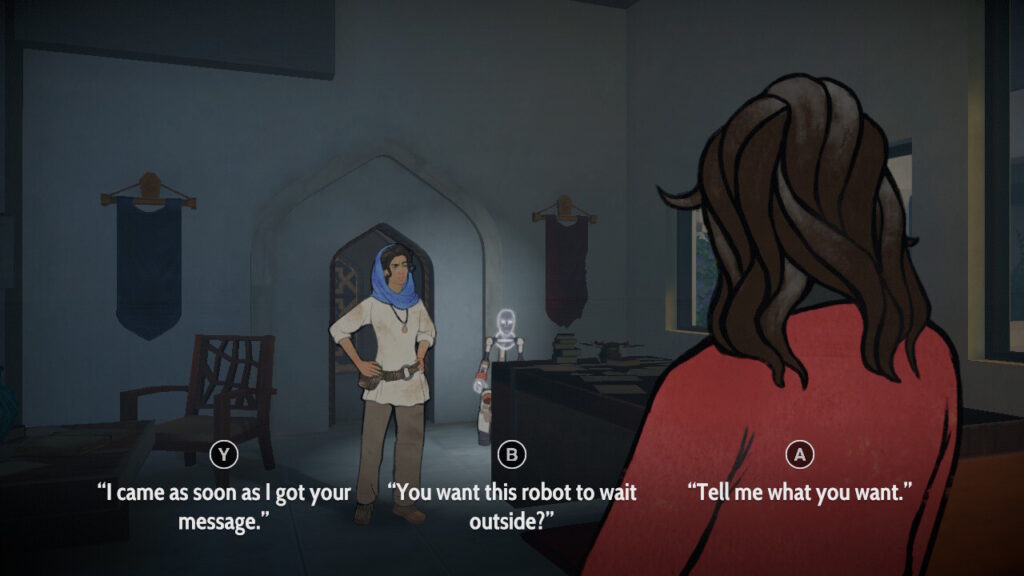
A large part of archaeology is in the more grounded moments, the wandering through markets and the chatting with locals. In these situations, there’s realistic ambient noise which makes the introduction of music that more exciting. Whilst a large majority of the game relies on text to portray the story and offer decisions; the game uses well-performed voice acting by Gem Carmella to highlight certain sections. Written and performed in such a way, the writing in Heaven’s Vault wouldn’t be out of place in a travel memoir, a tribute to the excellent worldbuilding.
Switch Setbacks
Unfortunately, with all of its bustling streets and complex narrative system, my Switch often struggled to hold a smooth experience with a low frame rate of the 2D moving characters. A game like Heaven’s Vault with the rich world-building and detailed narrative should still be played despite this issue but there’s no denying that the frame rate problems did break the immersion just that little bit. At least in the order I played, the frame rate problems were more prevalent in the first parts of the game as I explored the bustling settlements, subsiding slightly when I was left to my own devices.
That being said, I still think the Switch is an excellent device to play this title on with appropriate scaling making text easy to read. Generous autosaving also put the discovering of entire civilisations in the palm of my hands for as little or long as my gaming session allowed, perfect for the grab and go nature of the Switch.
Worth Discovering?
Excelling in both storytelling and game design, Inkle’s Heaven’s Vault is a marvel to behold. It’s a treasure definitely worth discovering, especially thanks to the portability of the Nintendo Switch.
Rapid Reviews Rating

You can purchase Heaven’s Vault for £14.99 on the Nintendo eShop

You can find and read our reviews on OpenCritic.



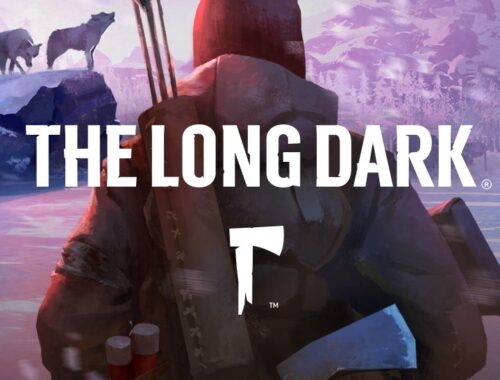
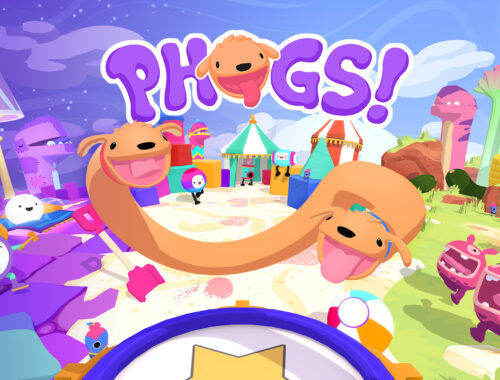
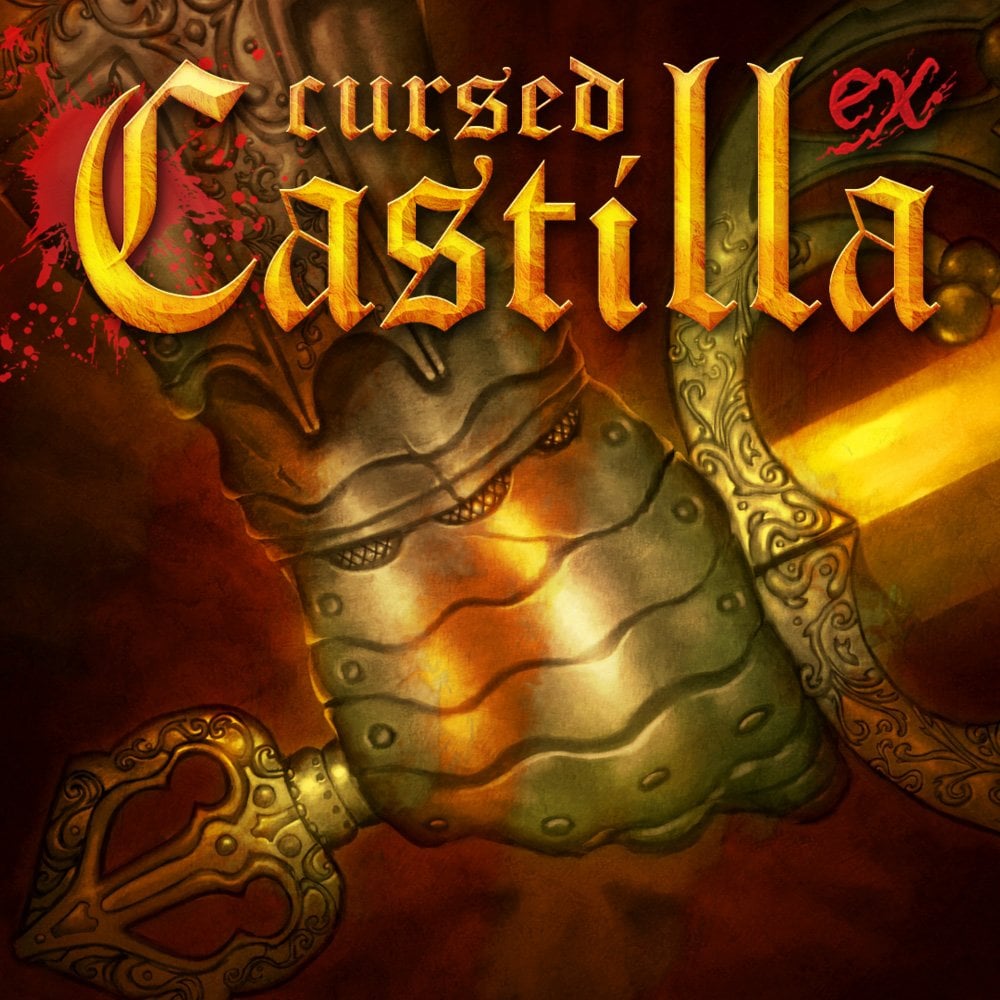
One Comment
Pingback: